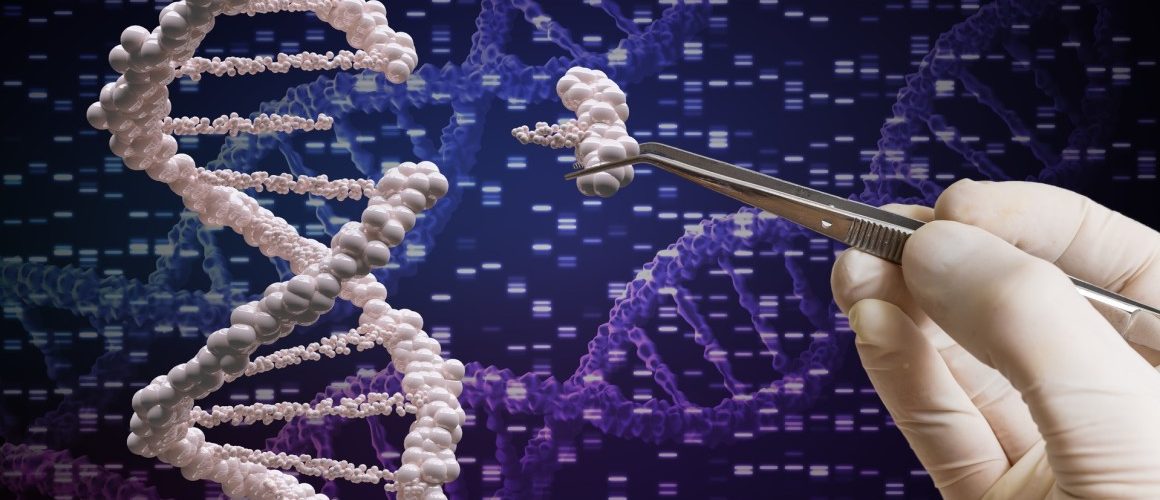New tool turns CRISPR into “genetic Swiss Army Knife”
CRISPR contains two main parts: guide RNA molecules that direct the tool to specific parts of the genome, and an enzyme that can then edit the genes at that specific location. The most commonly-used enzyme is Cas9, but other variations are emerging, such as Cas12a, Cas12b and CasX.
CRISPR主要包含两个部分:引导RNA(将编辑工具引导至基因特定部分)以及一种酶。它可以编辑特定位置的基因。最常用的酶是Cas9,但其他变种也在出现,如Cas12a、Cas12b和CasX。
But as useful as CRISPR can be, it’s not perfect. Rather than focus on the enzyme, [researchers] instead made improvements to the guide RNA. The problem they set out to solve is that these molecules are “always on,” meaning they will seek out their target no matter where they are in an organism. This could lead to off-target mutations.
CRISPR虽然有用,但并不完美。研究人员并没有把重点放在酶上,而是对引导RNA进行了改进。他们要解决的问题是,这些分子“总是开着的”,这意味着无论它们在生物体内的什么地方,它们都会寻找目标。这可能导致目标外的突变。
So the researchers on the new study engineered conditional guide RNAs (cgRNAs) that are more precise, and more powerful once they get to their target.
因此,这项新研究的研究人员设计了条件导向RNA(cgRNA),一旦它们到达目标,它们就会变得更精确、更强大。
Read more at New Atlas
翻译:STARSET Mirror翻译组











